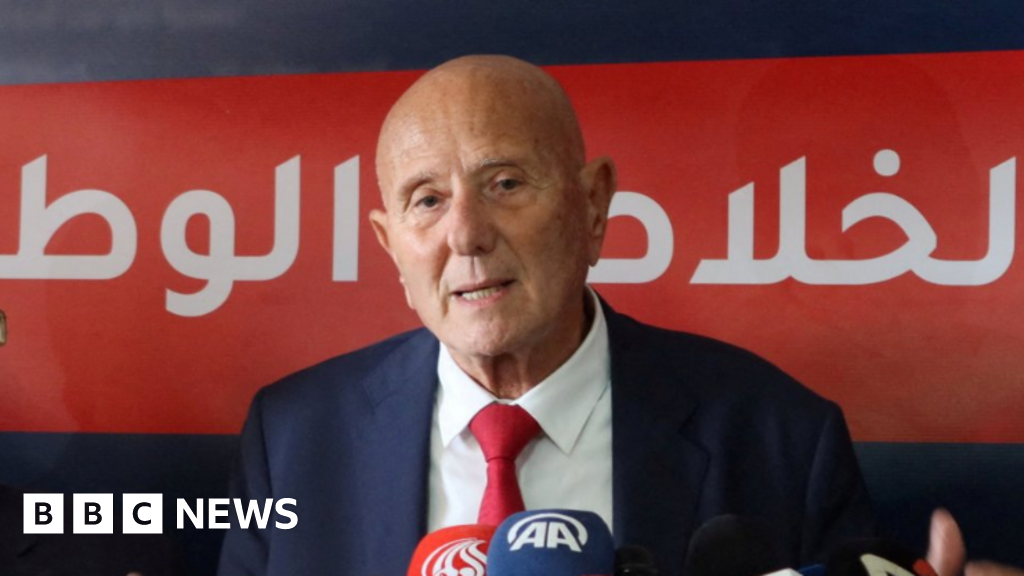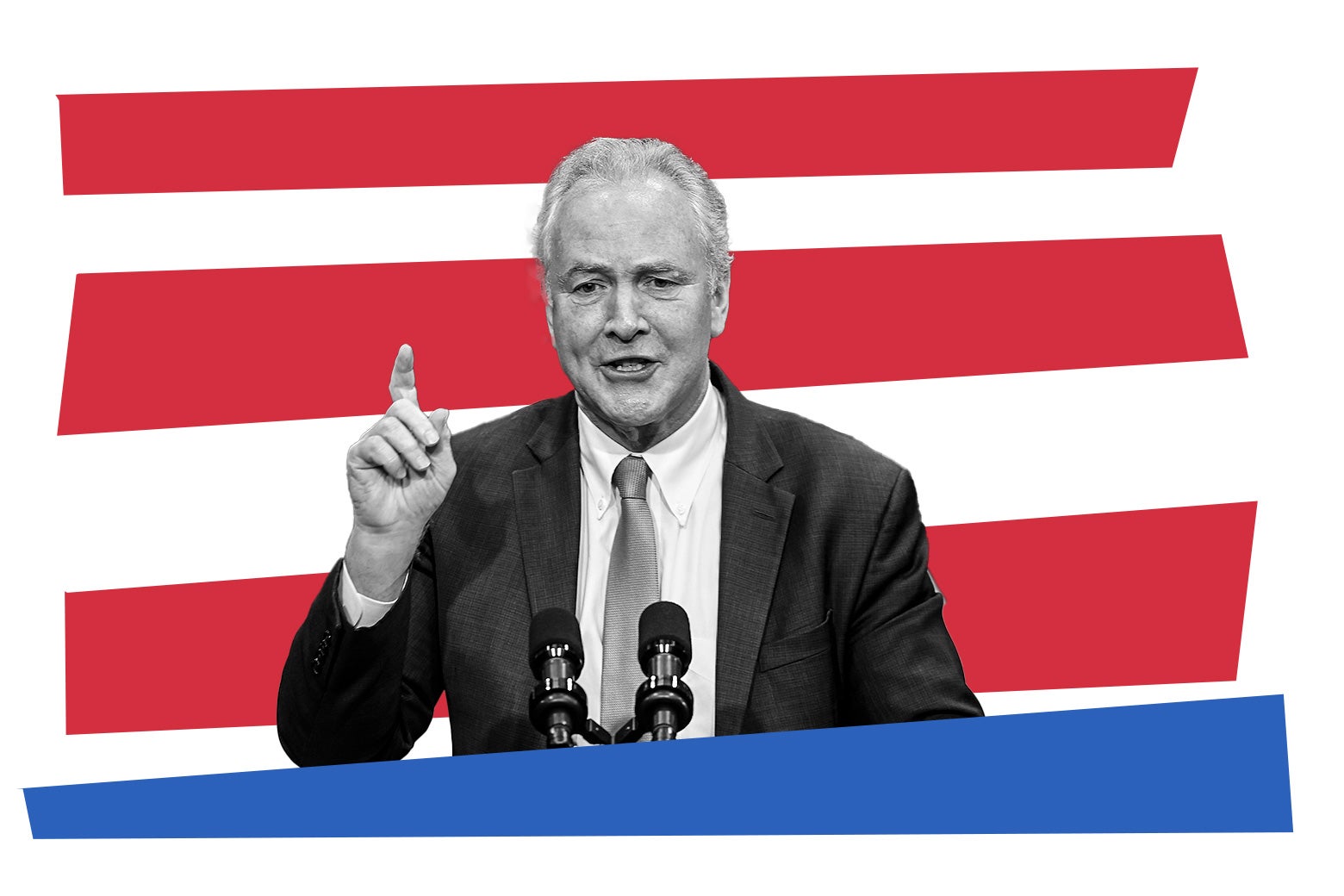Lessons from Hungary and the Czech Republic: Mass Protests and Political Change

In an unexpected twist, a country that once operated under a cold war communist dictatorship and was a significant part of the Habsburg Empire has emerged as a focal point in the political landscape surrounding Donald Trumps critics. Hungary, under the leadership of Prime Minister Viktor Orbn, has often been referenced as a blueprint for Trumps authoritarian approach to governance in the United States. Orbn, who has maintained a close relationship with Trump, was notably a guest at the presidents Mar-a-Lago estate. He has garnered admiration from Trump for his efforts in reshaping Hungary into what he describes as an illiberal state, one that emphasizes traditional values and upholds a strongman image that resonates with Trumps own political persona.
Currently serving his fourth consecutive term, Orbn and his Fidesz party have solidified their control over state institutions and media outlets, achieving re-election despite ongoing waves of mass protests against his government. The most recent demonstration occurred this week, sparked by an attempt to ban the annual Pride march, showcasing the rising discontent within the country.
This situation signals a troubling trend for Trumps adversaries, especially as they gathered for a second weekend of mass protests organized across 50 states by the group 50501. This follows the Hands Off rallies that took place at 1,000 locations nationwide on April 5, which aimed to mobilize resistance against Trumps administration.
However, the contrasting political trajectory of the Czech Republic, Hungarys neighbor with a shared historical backdrop, offers a beacon of hope for those opposing Trump. The Czech Republic, notably the birthplace of Ivana Trump, Donald Trumps first wife, may provide a successful model of how street protests can evolve into a cohesive electoral strategy capable of ousting a leader with authoritarian tendencies.
In 2018, a grassroots movement known as Million Moments for Democracy emerged, organizing rallies across cities like Prague to protest the anti-democratic actions of Prime Minister Andrej Babi, often called the Czech Trump. Babi, a billionaire oligarch and the second-wealthiest individual in the country, rose to prominence through a coalition government that relied on support from remnants of the Czech Communist Party after his populist ANO (Action for Dissatisfied Citizens) party claimed victory in the preceding election.
As opposition mounted, Babi faced accusations of fraud, conflicts of interest, and exploiting his power for personal gain. His conglomerate, Agrofert, controlled a significant portion of the Czech economy, including two of the largest newspapers, leading to widespread concerns about his influence over both politics and media. The protests began with small crowds but quickly gained momentum, drawing in thousands of participants who demanded his resignation. By June 2019, following a visit where Babi was hosted by Trump at the White House, Prague witnessed its largest political protest since the fall of communism in 1989, with over 250,000 demonstrators gathering to voice their opposition to Babi and pro-Russian president Milo Zeman.
Demonstrations continued to swell, especially during an event in November 2019 that commemorated the 30th anniversary of the Velvet Revolution, which had been ignited by mass protests. Despite the COVID-19 pandemic temporarily stifling these movements, Babis administration ultimately succumbed to a coalition of five opposition parties in the 2021 parliamentary elections, illustrating how sustained protests successfully translated discontent into electoral success.
Benjamin Roll, a spokesperson for Million Moments for Democracy, articulated the vital role that grassroots activism played in achieving political change. We certainly had some role in the election results, he stated. I believe we in the Czech Republic are an example of how long-term civic-society activities can bring, or help bring, political change. He emphasized the emotional empowerment that such protests provided to participants, fostering a sense of agency and collective strength.
As discussions surrounding Trumps authoritarian maneuvers continue to circulate, there are growing debates about how best to respond. Leftist figures like Senator Bernie Sanders and Congresswoman Alexandria Ocasio-Cortez have garnered significant crowds for their events aimed at combating oligarchy, whereas some establishment Democrats have opted for a more conciliatory stance, raising concerns about the partys passive response to Trumps aggressive tactics.
Senate Majority Leader Chuck Schumer faced criticism from within his own party after voting for a six-month Republican funding bill, which many perceived as a missed opportunity to confront Trumps growing authority. This situation has intensified scrutiny over the effectiveness of mass protests, particularly when demonstrations fail to result in political change, as seen in Hungary, Turkey, and Serbia.
Nevertheless, Harvard University political scientist Steven Levitsky cautioned against dismissing mass protests as ineffective. He argued that while protests alone might not topple a government in a country where elections remain a viable pathway, they can still weaken the administration and influence public perception. Protest is not going to lead to Donald Trumps resignation, or Orbns, but that doesnt mean its not relevant, he noted, emphasizing that public demonstrations can shape discourse and public sentiment.
The recent Hands Off rally in Washington, D.C., which attracted tens of thousands of participants, aimed to inspire hesitant voters and Trump critics who may feel intimidated by the presidents aggressive rhetoric. Ji Pehe, a Czech political analyst, echoed this sentiment, highlighting the importance of encouraging citizens to recognize their own agency in enacting change. He warned, however, that simply allowing the populace to vent frustrations would not suffice for significant progress. These demonstrations need to happen repeatedly across the United States with clear messaging, he advised. There must be a strong message directed toward the political class because only they can effect change.
During the Washington rally, Representative Jamie Raskin of Maryland emphasized the necessity of combining popular resistance strategies with effective legislative approaches. He acknowledged the challenge of achieving this amid Republican control over both congressional chambers. Raskin underscored the ultimate goal: winning elections to reclaim legislative power.
Observers have drawn parallels between the Czech experience and the current political climate in the U.S., stressing the importance of unity among Democrats. Norm Eisen, a former U.S. ambassador to Prague, urged for a coalition of diverse political forces, including anti-Trump Republicans, to work towards a common goal of democracy. What youve seen in the Czech Republic is a broad array of political forces coming together to form a pro-democracy coalition, he pointed out, suggesting that a similar approach could strengthen efforts in the U.S.
Levitsky highlighted the critical role the protest movement is playing in the U.S. political landscape, particularly as established institutions have largely failed to take a stand against Trump. The emerging protest movement, along with large crowds at events led by Sanders and Ocasio-Cortez, may compel Democrats to act more decisively, he remarked. It can contribute to eroding Trumps popularity and energize opposition politicians, positively influencing electoral outcomes in the future.
Reflecting on the energy of the anti-Babi protests, Roll offered advice for American demonstrators: embrace positivity and steer clear of hateful rhetoric, which can often emerge in a polarized two-party system. The division in the United States is really dangerous because you see the other side as the enemy, he cautioned. Its crucial to remain non-violent and hopeful. Remember, the other side are people too; they are your brothers and sisters.



























